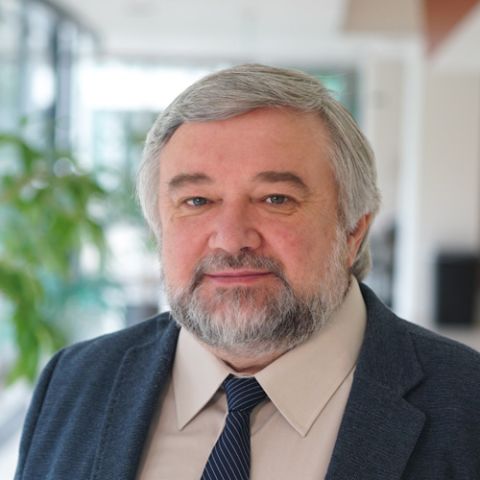Unfortunately, yes. Age is the highest risk factor for developing a majority of cancers, with a few exceptions.
According to the National Cancer Institute (NCI), the median patient age at the time of a cancer diagnosis is 66. The majority of cancer patients — 60% of them — are 65 or older. In fact, one-quarter of new cancer cases are diagnosed in people between the ages of 65 and 74. And the most common cancers occur more often in older patients. The median age for breast cancer is 61; for colorectal cancer, it is 68 and for lung cancer, it is 70.
Aging increases cancer risks in our bodies in several ways. The older we are, the higher the proportion we acquire of cells with mutations. And these cells create populations of high risk for recruiting cancer-initiating cells.
What drives accumulation of these cells?
As years pass, we accumulate our exposure to harmful things that can contribute to cancer risk: the UV radiation, harmful chemicals, including those in tobacco smoke and viruses. Some bad habits can also add to the risk, such as overeating, drinking hot tea or coffee, and excessive alcohol consumption. However, avoiding harmful exposures can only reduce but not eliminate acquisition of mutations. Mutations can occur because of mistakes made by our cells during reproduction of their genetic information. These sporadic events also accumulate with time.
A second reason aging increases our cancer risk is that as we age, we experience a decline of our immune functions, which, when working well, offer us constant surveillance and eradication of cells that are suspects to become cancerous.
A third reason also belongs to immune-system malfunctioning: in the elderly, their immune systems are constantly on a false self-alert (called chronic systemic sterile inflammation) and this creates conditions that stimulate multiplication of cells from high-risk populations, thereby provoking their conversion into cancer cells.
What can we do to reduce risks as we age?
First and most important, we need to understand and find ways to treat aging to extend a person’s ability to remain healthy. Current science is massively shifting toward development of anti-aging therapies. In anticipation of these emerging solutions, which are expected to cardinally change the situation to better, we can still help ourselves by practicing healthy life habits to slow down aging and thereby reduce the risk of cancer. These include following a healthy diet, consuming antioxidants and treating chronic inflammations.
Besides preventive measures, the best anticancer defense is education and preparedness: knowing that cancer risk increases as we age, we need to follow recommended cancer early-detection procedures and be aware of steps we may need to take if we do get cancer and need to choose a treatment regimen.
Never miss another Cancer Talk blog!
Sign up to receive our monthly Cancer Talk e-newsletter.
Sign up!Do we treat cancer in elderly patients differently than in younger people?
My colleague Grace Dy, MD, Professor of Oncology in Thoracic Medicine, says that while living longer exposes us to more wear and tear on our bodies, “age alone does not determine what treatments to give in general.
“Mostly the differences in treatment are related to determination of frailty,” Dr. Dy says.
For example, an older patient may receive reduced doses of medicine due to decreased kidney function, or will have contraindications to certain medicines due to organ dysfunction that, while not purely due to aging, is influenced and worsened by age.
There also may be contraindications to certain treatments due to the treatment’s interactions with other medicines or medical conditions that occur with higher frequency as one ages. And I think that in the future – as we advance our understanding of aging and its physiology – such adjusted protocols or even specialized drugs will be developed for aged people as has happened already for children.
The best treatment plan is based on a patient’s lifestyle, general health and preferences. In this day and age, shared medical decisions are the norm. Patients of any age have different priorities and, thus, treatments can differ according to their individual preferences.




